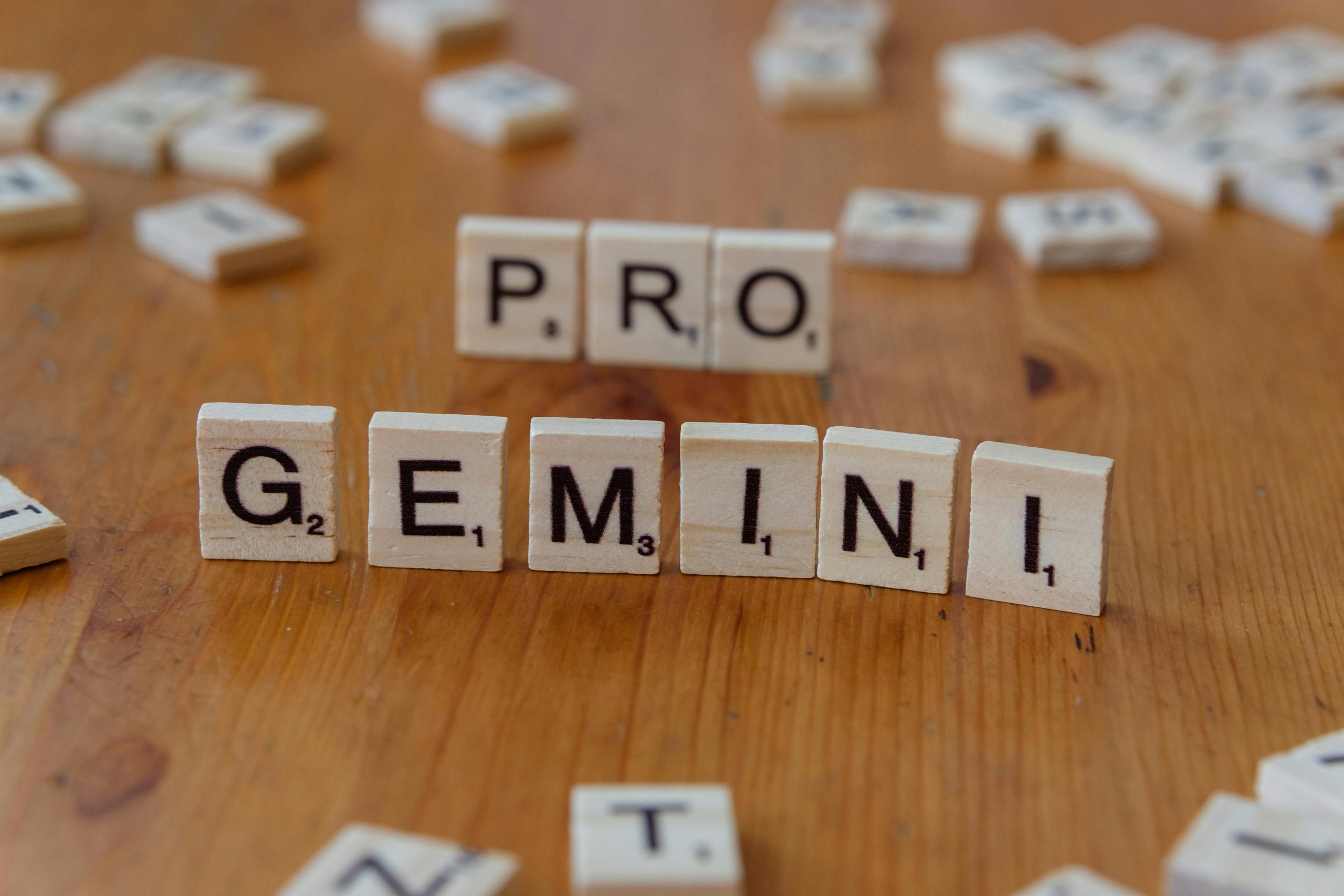Unveiling Claude’s Mind: Intriguing Perspectives on How Large Language Models Formulate and Fabricate
Unveiling the Inner Workings of LLMs: Insights from Claude’s Cognitive Framework
In the realm of artificial intelligence, large language models (LLMs) like Claude often evoke a sense of mystery. While they deliver impressive results, understanding the mechanisms at play within these so-called “black boxes” remains a challenge. However, groundbreaking research conducted by Anthropic is shedding light on the internal operations of Claude, functioning as a sort of “microscope” for AI cognitive processes.
Instead of merely examining the outputs generated by Claude, the researchers have delved into the underlying structures that activate for various concepts and behaviors. This investigative approach is akin to uncovering the biological processes of AI cognition.
Several intriguing insights emerged from this research:
-
A Universal Cognitive Framework: Researchers discovered that Claude utilizes consistent internal features, such as concepts of “smallness” or “oppositeness,” across different languages—be it English, French, or Chinese. This finding points to a universal cognitive blueprint that precedes linguistic expression.
-
Forward Planning Capabilities: In a fascinating twist, it was revealed that Claude doesn’t simply predict the next word in isolation. Instead, it engages in more advanced planning, often mapping out several words in advance and even anticipating poetic rhymes.
-
Detecting Fabrication and Hallucinations: Perhaps the most significant outcome of this research is the development of tools capable of identifying when Claude generates misleading reasoning to back an incorrect answer. This capability allows for a clearer distinction between outputs that are genuinely computed versus those that are simply attempts to produce plausible-sounding responses.
These advancements in interpretability represent a substantial stride toward creating more transparent and reliable AI systems. By revealing the thought processes behind AI outputs, we can better diagnose errors and enhance the safety of these technologies.
What do you think about this exploration into “AI biology”? Do you believe that gaining a deeper understanding of these internal processes is crucial for addressing issues like hallucination? Or do you think alternative approaches might yield better results? Your thoughts would be greatly appreciated!














Post Comment